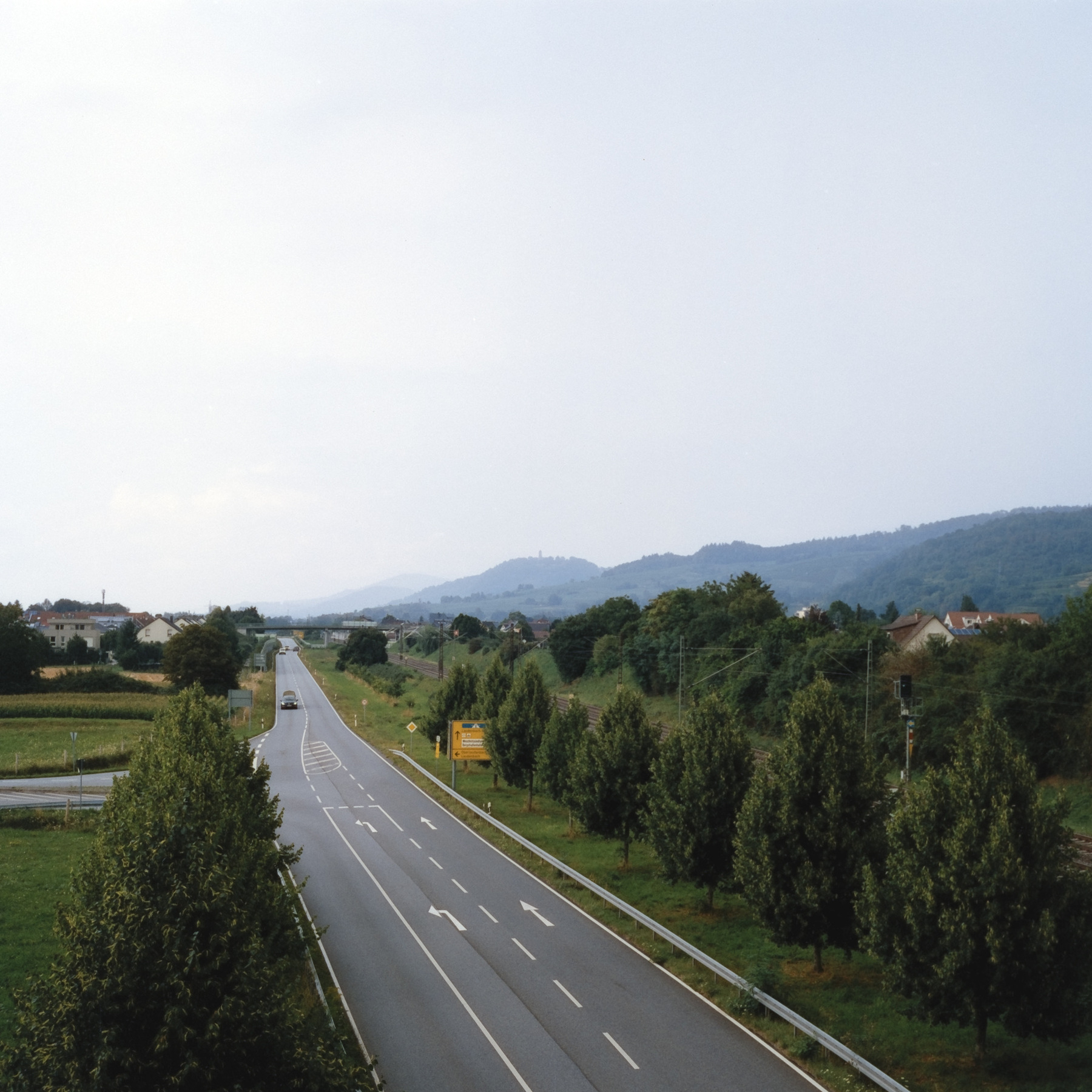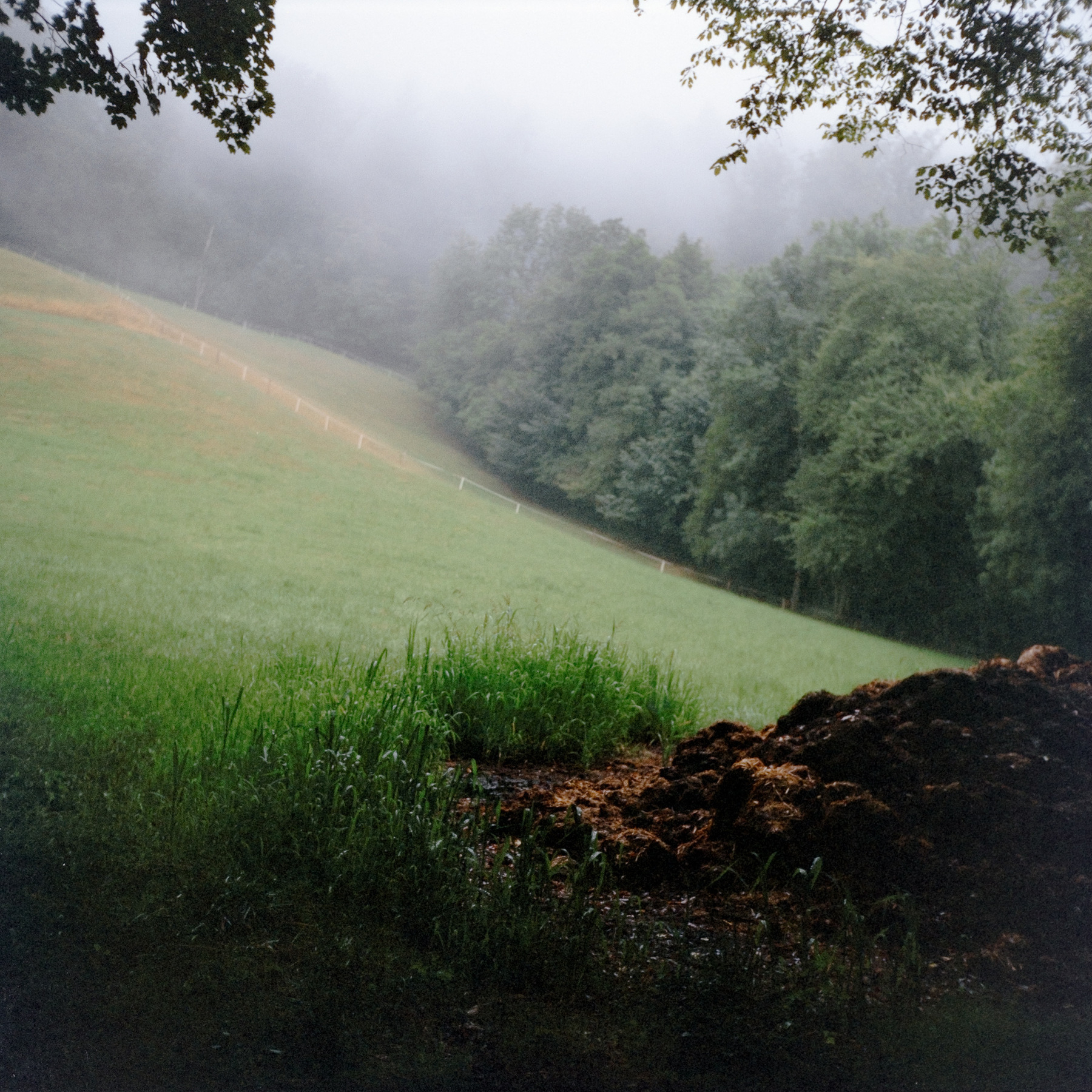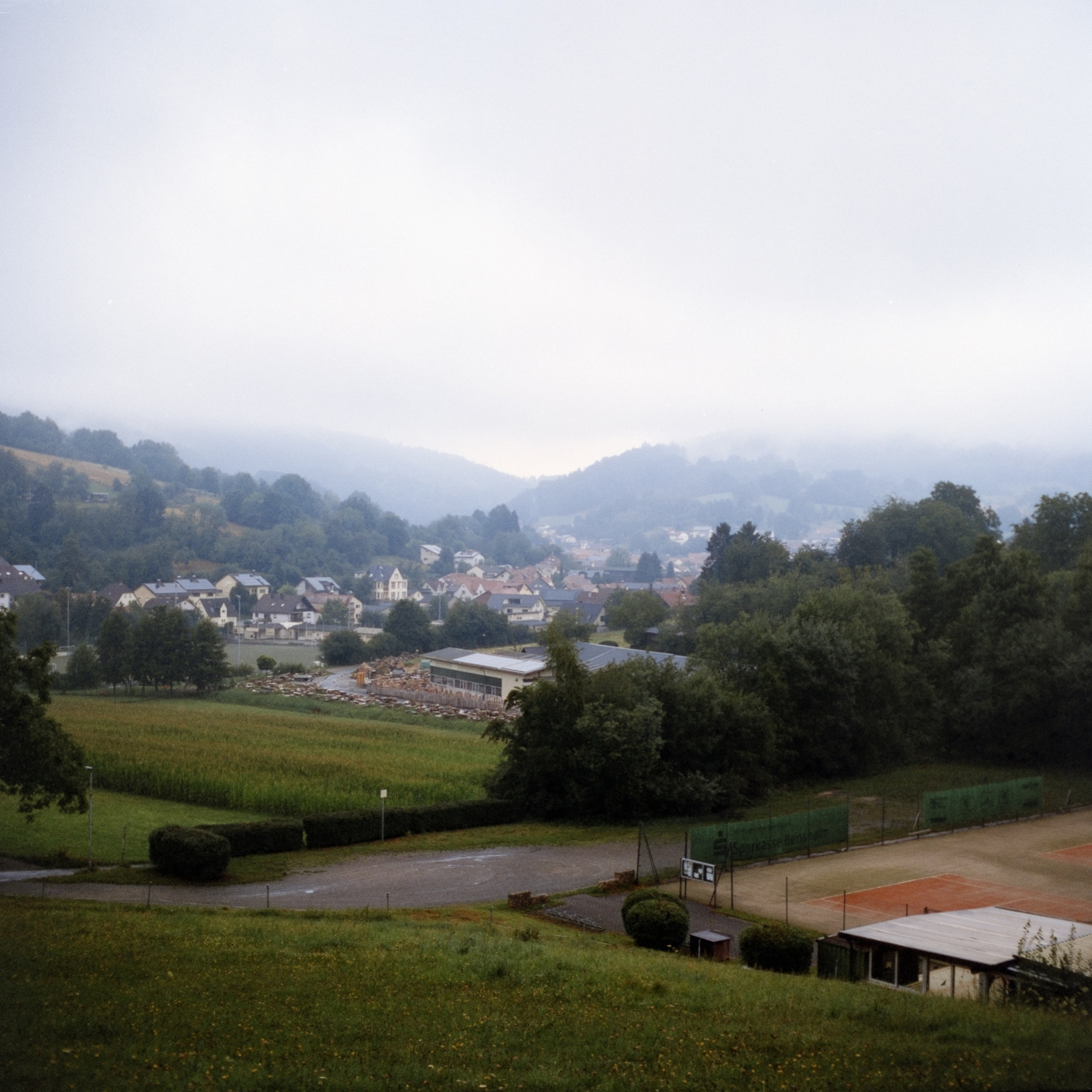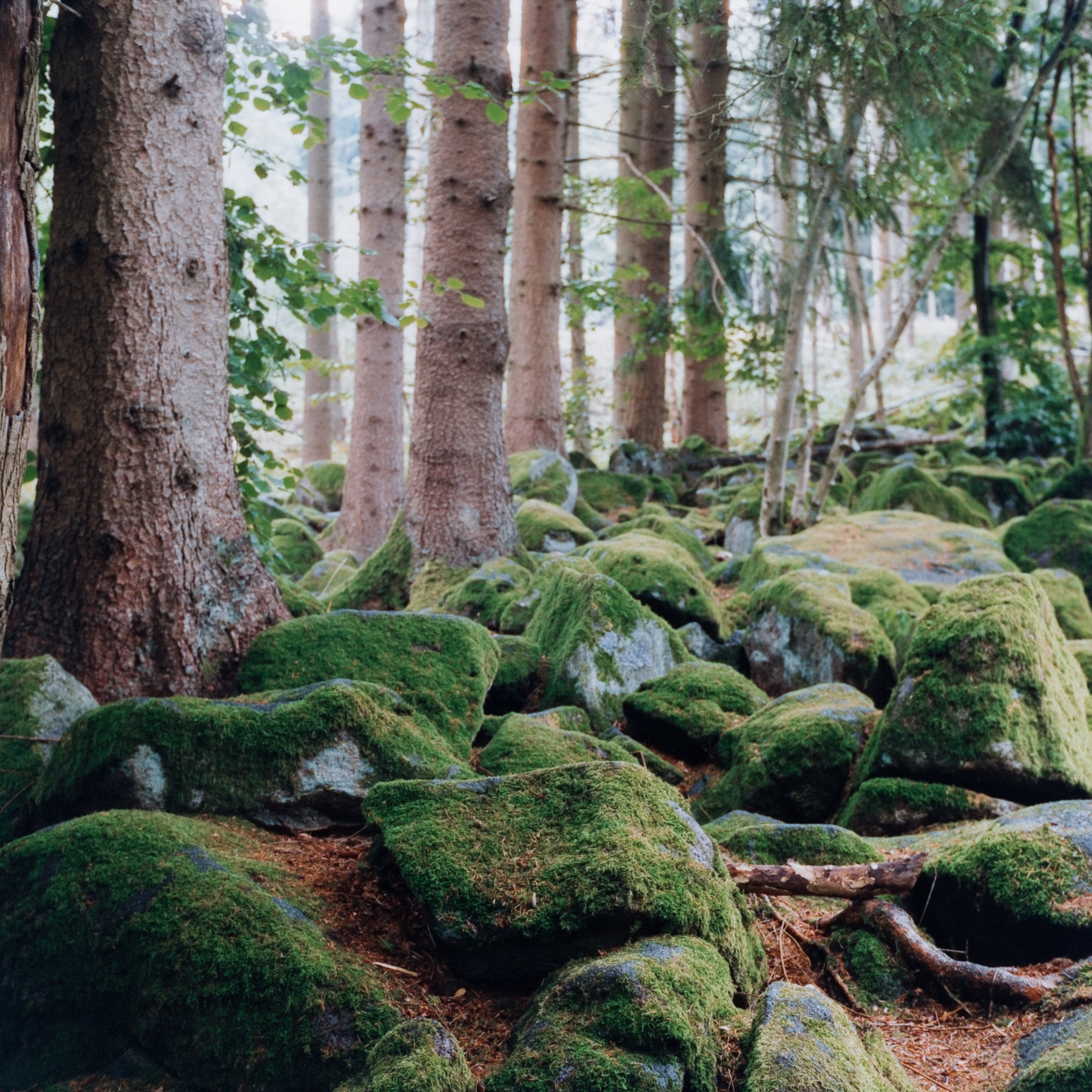📷 First impressions: Harman Phoenix (I) in medium format
Okay, I’ll admit it straight away: I’m quite late to the game. However, I just tried Harman Phoenix (I) in medium format and it impressed me so much that I have to write about it. Since Harman recently released the second iteration of Phoenix, some retailers are offering Phoenix I at a reduced price. I ordered two rolls and shot one straight away.
Many people on the internets say that the film itself already has a high contrast. So I thought it would be a good idea to use a lens that produces low-contrast images with color film. In my case, that’s the Yashica Mat 124 G TLR. In addition, the weather in my region has been very rainy this summer, with many days of heavy cloud cover, so the dynamic range of natural light is also limited—an ideal environment for a high-contrast film with a low dynamic range.
In fact, the dynamic range of the film is unimpressive. As you can see here, it is difficult to make out anything in the shadows, while the sky is already turning white in places. It was a bit foggy, which is what prompted me to take the shot in the first place, but I would have liked a little more dynamic range.

The film really doesn’t like underexposure. However, in my opinion, it produces very beautiful green and brown tones. As you can see on this other foggy day.

The colours and strong contrasts allow you to obtain very vivid colours even in hazy weather, without them looking too washed out. I have had poor experiences with Kodak films in these conditions and prefer black-and-white film in such situations. Phoenix seems to handle this well, though, due to its strong inherent contrast.

It is precisely these contrasts, combined with the rich green and brown tones, that can make simple forest scenes in rather modest light appear surprisingly rich and colourful.


Of course, these very characteristics can be problematic in other situations. The range within which the film can be used effectively is therefore limited. It is undoubtedly not as flexible as Kodak Portra, the film world’s current “gold standard” . Nevertheless, the film’s unique qualities are remarkable and make it a wonderful stylistic tool.
Harman Phoenix really impressed me. The film is perfectly usable, albeit with consideration for the lighting and subject, and I’m excited about the second iteration, of which I already have some rolls. I’ll continue to use the first iteration, too, as it’s relatively inexpensive for me to get and I just like the look.
